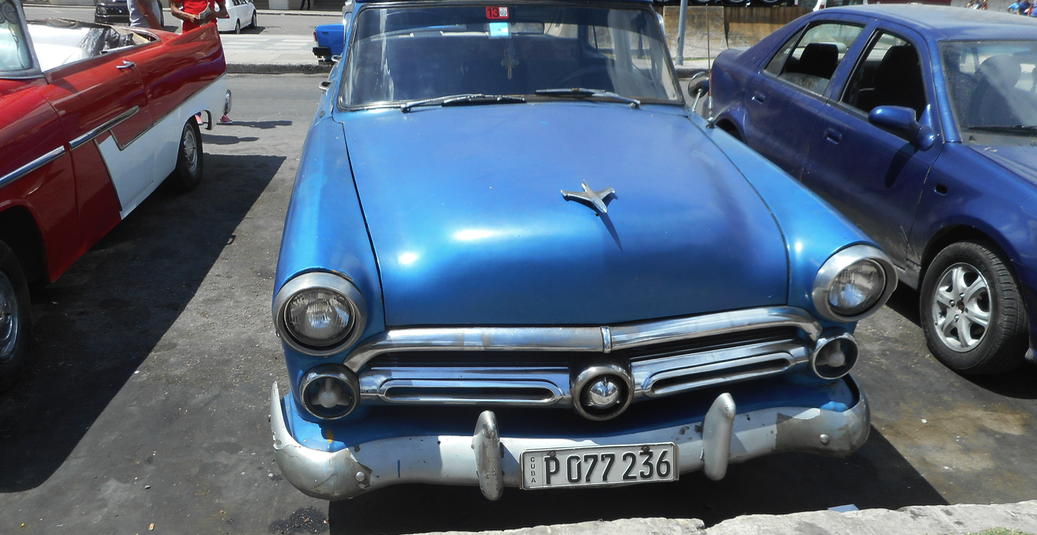
Why Cuba? History and reconciliation and the recipe for Cuban life
Cuba: “a dose of World War II rationing, a pinch of Soviet era austerity, the family values of South America, the educational values of the US and the loquaciousness of the Irish.”

May 8, 2022
Cuba: “a dose of World War II rationing, a pinch of Soviet era austerity, the family values of South America, the educational values of the US and the loquaciousness of the Irish.”